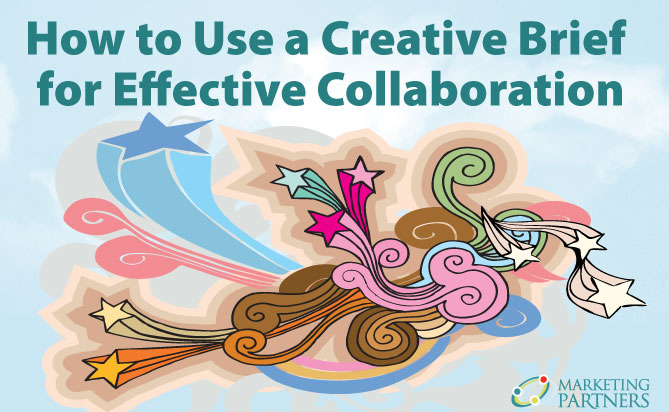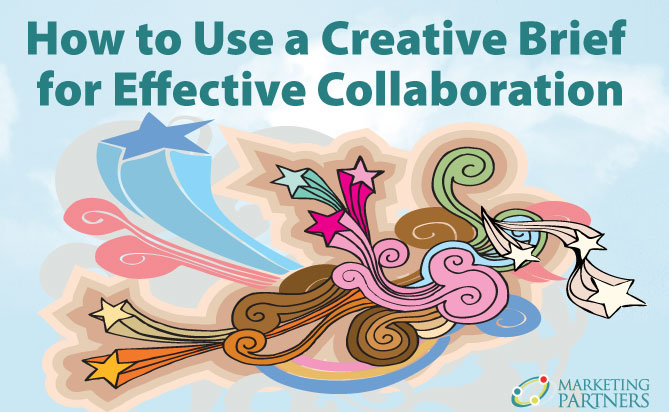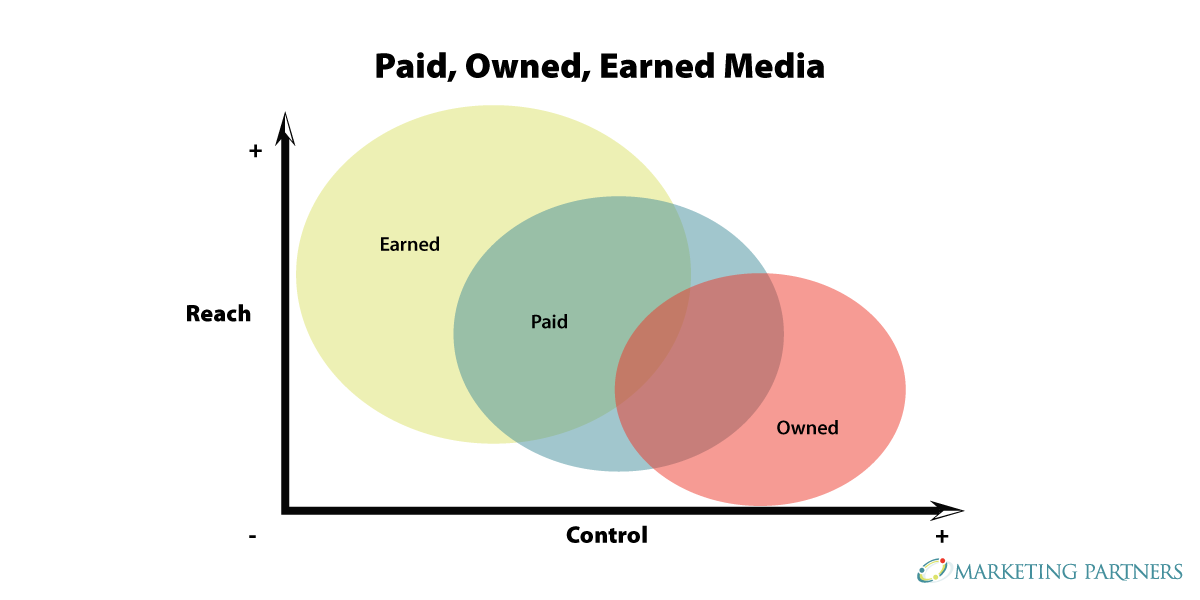How to Use Your Core Values to Inspire, Retain, and Energize Your Team
For the last few decades, but especially so in recent years, people are seeking out more than just an income from their place of employment. More...


Marketing, like many other worthwhile activities, is a team venture. And every effective team needs a coach, rules of the game, and a common goal. Think of your creative brief as a team playbook with a description of the goal, objectives and rules for a specific marketing project that involves more than one person. Maximizing the talents and expertise of your marketing project team will be much easier with a collaboration built on a shared understanding of the rules and a common goal.
A creative brief is an outline of your project that includes the information essential for team members — inside your organization and at your creative agency — to work together collaboratively and effectively. Although the details and specifications will vary based on your marketing plan and the creative project, the sections below are typically included in a creative brief.
Your project may be as small as a pull-up banner or as big as a new website. Whatever it is, describe its context in as much detail as you can. Don’t just describe it as “brochure,” but add why it is needed and where and how it will be used. If the project is one part of a larger campaign described in your marketing plan, be sure to include a link to that document for anyone on the team who may not have been involved in the earlier effort.
Describe how this project advances your overall marketing goals. Is your goal to increase brand awareness or to successfully introduce a new product at a tradeshow? Use bullets and list no more than three marketing goals this project supports.
Who is this project intended to reach, speak to or influence? If you’re familiar with marketing personas, then this will be an easy task. Profile the primary audience in detail. Instead of “owners of buildings” be as narrow in your description as possible, such as “home owners with windows 10 years old or older and household income above average.” For individuals, include occupation, education level, age range, gender, online frequency, activities and any other information relevant to your product or service.
For business-to-business audiences, include company demographics such as industry sector, number of employees, sales volume range, geographic location(s), and any other information relevant to your product or service.
Exactly what is it that you want members of your target audience to do? Objectives are specific, measurable, time-bound results. Your goals in subparts. Discipline. If your communication objective is to motivate 10% more people in the next year to recycle their batteries, versus an objective of selling 2% more products on your website in the next year, then your designers, copywriters and media planners will deliver dramatically different work.
This is where stating how effectiveness will be measured counts. If you project is a website landing page, then you could use unique visitors as your measurable metric. For a digital ad, you might use click through rate. Other metrics could include an increase in phone calls, completed forms on a website landing page, the differential between pre- and post-surveys to measure awareness, or occasionally, a percentage of media audience reached and ad frequency achieved. Include measurable metrics, and if there are alternative measurement methods, state exactly how you will measure success.
Describe how your brand voice, tone and personality should be presented to your target audience for this marketing project and in this context or channel. While your company's overarching style and personality should be consistent, there is a range of expression that is appropriate for different audience segments and environments. Is it an opportunity for fun (think Old Spice commercials), or serious? Maybe you want to demonstrate your friendly, casual style — or maybe this is a time to be more formal and professional. Use adjectives everyone on the team will understand.
What are the key messages you need to communicate to achieve your objectives? What will resonate with your primary audience? Detail the substance of three or four messages. Note that you are not writing copy at this point; You are describing the substance of what needs to be communicated. The messages may not all be written. They may be conveyed in images or video.
How can you support or prove your key messages? What is the rationale for stating your product or service provides a certain benefit to your audience? Ideally you have primary research to support each statement, but industry reports and product comparison rankings, or an extended product warranty can be used to sunstantiate a claim of superior performance.
Don’t forget the basics here. Does space need to be provided to display your Logo? Phone number? Website address? Any trademark statements or copyrights should be listed here as well. Also, if there are legal or compliance statements, or requirements to avoid certain images or phrases they should be listed here as well. For example, a bicycle manufacturer or mountain bike center may not want to show a bicycle rider without a helmet.
Is your project print or digital? Here is where the channels, distribution methods and uses dictate technical details. What are the requirements for sizes, images, video, or output? A website project would detail the platform (for example, HubSpot, WordPress, Drupal) or similar integration requirements.
List your milestones and deadlines. If you are producing a new booth for an international tradeshow, your shipping date is a hard deadline that everyone on the team needs to be aware of. The same is true for a media advertising insertion date.
This section is optional for sharing, but can be very helpful to your team. If there are allowances for different parts of the project such as design versus programming, you can also detail them here.

Your creative brief provides the details necessary for your team to work together and collaborate on your marketing project. The details in the brief help avoid unnecessary confrontations about direction and keeps focus on your goals and objectives.
When using the creative brief to review draft work, remember to ask if the work meets the outline of the brief. Often we encourage people to answer how they feel your target audience would react, not whether the like or dislike what has been presented. Now that you have a complete creative brief, go forth and collaborate to produce great work!
The Change Conversations blog is where changemakers find inspiration and insights on the power of mission-driven communication to create the change you want to see.
© 2009- to present, Marketing Partners, Inc. Content on the Change Conversations blog is licensed under a Creative Commons Attribution-Noncommercial-NoDerivs 3.0 United States License to share as much as you like. Please attribute to Change Conversations and link to ChangeConversations.
Creative Commons License may not apply to images used within posts and pages on this website. See hover-over or links for attribution associated with each image and licensing information.

For the last few decades, but especially so in recent years, people are seeking out more than just an income from their place of employment. More...

You know nonprofit organizations need websites just as small businesses do, but you may be surprised to learn nonprofit sites can be more complex and...

In today’s rapidly evolving media landscape, understanding where and how your story is told isn’t just strategic—it’s essential. How you communicate...